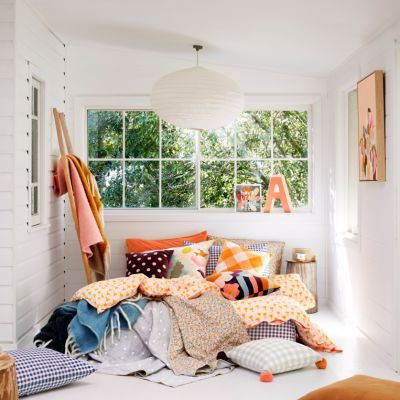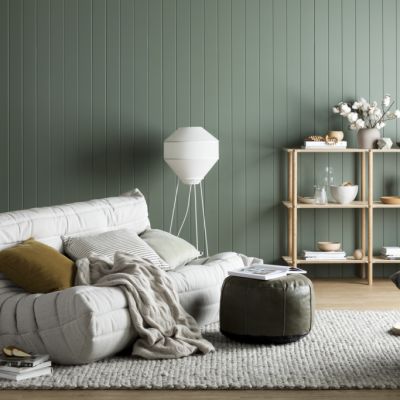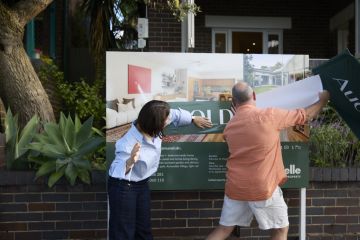Wooden floors are not for those who like a flawless finish
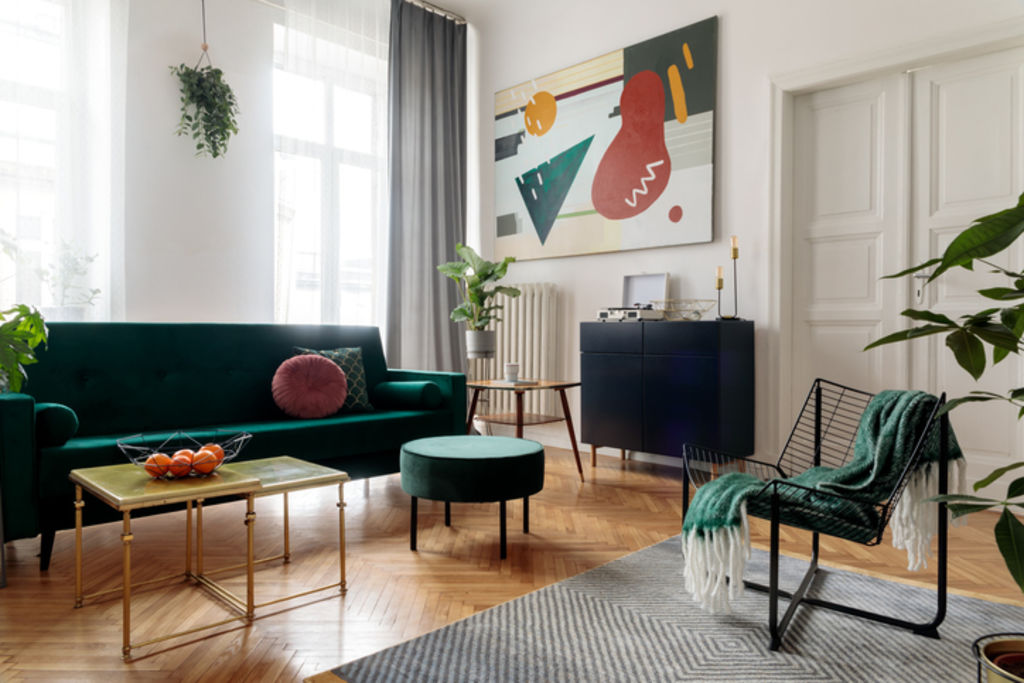
It’s true that wooden floors take a little more TLC to maintain and than carpet or tiles, but not quite as much as you might think.
To keep a wooden floor looking its very best, all you’ll need to do is clean up spills straight away, vacuum once a week and recoat every five years at most.
“There are many misconceptions when it comes to timber floors and how best to maintain them,” said Just Hardwood Floors manager Nicole Heald, “but we absolutely guarantee that any timber floor we sell and/or install will do the following: dent, fade, scratch and mark.”
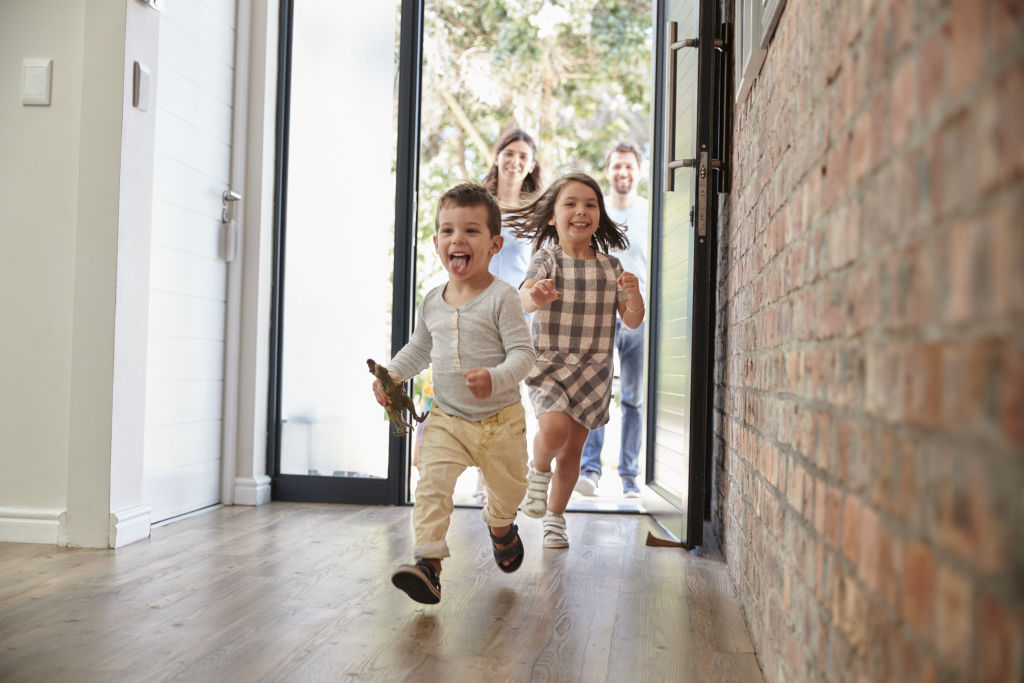
According to Heald, timber floors with a polyurethane or oil finish are not high maintenance, unless vacuuming, and then mopping your floor with a micro-fibre mop and spray bottle is considered challenging.
“It takes no more work than a tiled floor. Oil finishes have an easy-to-use maintenance product that can be applied via a spray bottle, and then mopped in using the micro-fibre mop,” she said.
The maintenance needed depends on the business of the household, agreed Australasian Timber Flooring Association (ATFA) board member Chris Northmore.

The wooden floor manufacturer adding: “An old couple that sneak around in their slippers might only take a vacuum and a wash every month. A family with mum, dad and four teens might be do that every few days, but the typical household would vacuum once a week and wash once a fortnight.”
You also don’t have to be a “shoes off at the door” person to have wood, but any stiletto with an exposed nail in the heel will dent.
“The only remedy is a re-sand and polyurethane, and sorting the heel out on those particular shoes (or not allowing heels in the house),” said Heald.
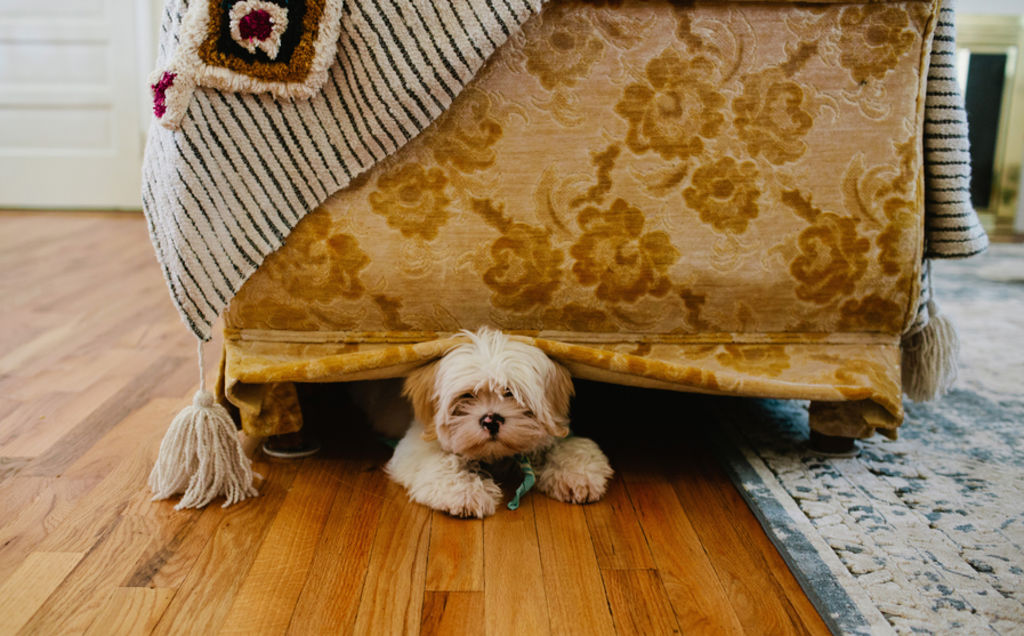
There’s also no way to stop a pet making scratches with their claws. Heald recommends a brushed surface timber floor with an oil finish, where marks are much less noticeable than on a glossy polyurethane.
The bigger threat is actually a dog’s high ammonia saliva. If you have your dog’s water bowl on the timber floor in the kitchen or laundry, splashes can eat away at the finish.
“The same can be said if your dog or cat soils inside the house. We recommend that all water bowls be in an area where you don’t have timber, or put on a tray that catches all the splashes,” said Heald.
When the wood starts to look dull, recoating will bring it it back to its prime.
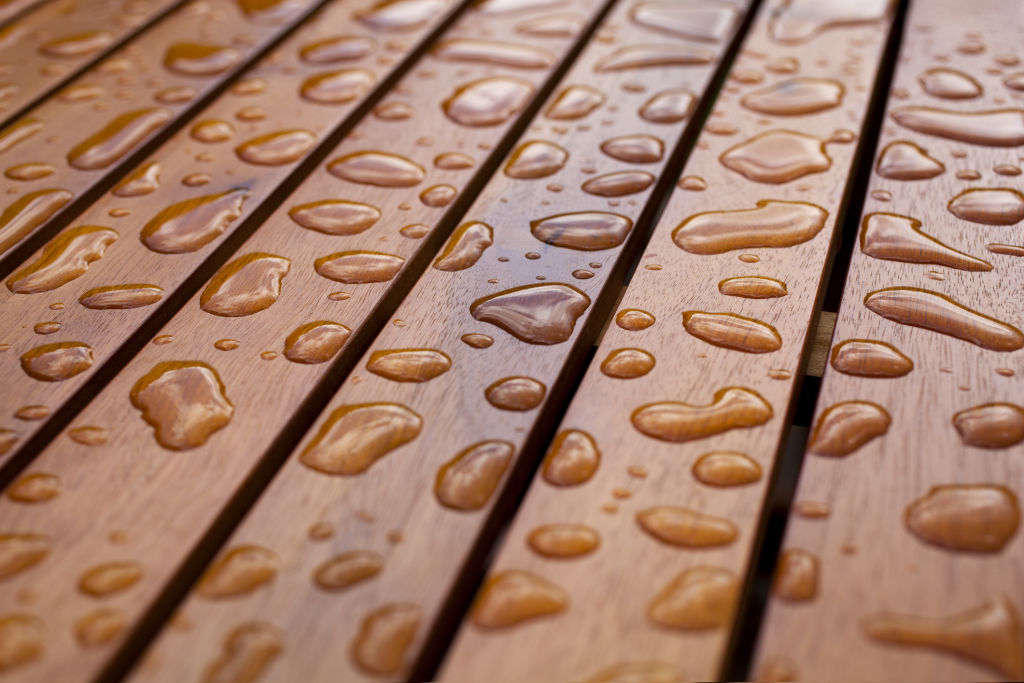
Northmore doesn’t believe there’s a lot of difference between caring for wood versus carpet or tiles: “All you have to do is keep wood clean, washed and vacuum regularly, as you would any other floor surface.”
Fifty per cent of his clients are residential and 50 per cent are commercial, including restaurants like Charlie Noble and Pre Fab: “If you consider the foot traffic in those places, they certainly wouldn’t use wood if the floors had to be repaired every couple of years.”
This story originally appeared on stuff.co.nz
We recommend
We thought you might like
States
Capital Cities
Capital Cities - Rentals
Popular Areas
Allhomes
More

